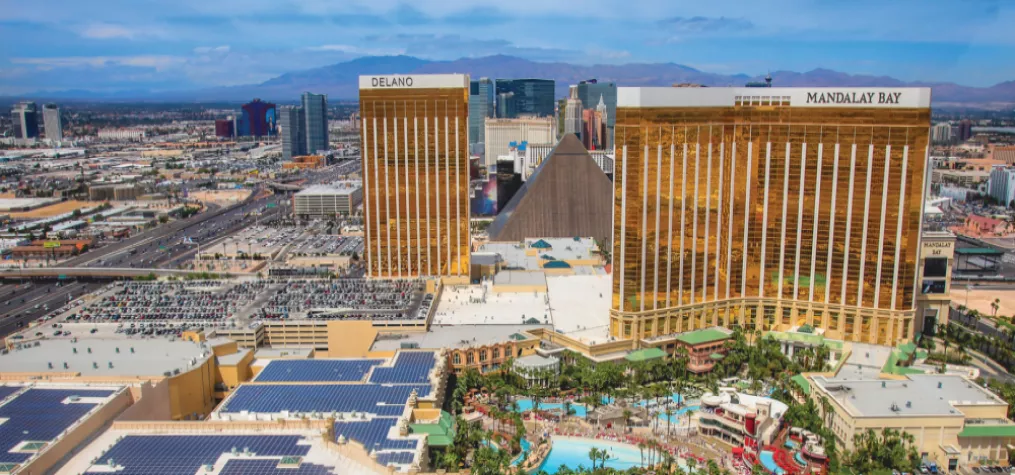Anne Catambay

Anne Catambay is vice president of global marketing for Clarizen, a leader in the collaborative work management space.

Under normal circumstances, the planning and execution of any trade show needs to be a well-oiled machine. Each team must have visibility into what the others are doing to collaborate and avoid redundancies, and trade show directors need to have a view of all activity so they can effectively run an event that impresses senior leadership and delivers a superior experience.
But as we know, times are not normal. Trade show organizers are working remotely and trying to reschedule events or transform them into virtual gatherings. How can teams operate in a way that not only promotes a streamlined and collaborative environment, but also allows for real-time transparency and the ability to quickly pivot? One answer to consider: embrace the agile methodology that software developers have used to streamline their projects for almost 20 years.
When you think about it, the planning and execution of a trade show is similar to that of a piece of software. Consider the following:
Agile breaks projects into smaller and shorter segments. This increases flexibility, facilitates cross-team communication, and allows for fast responses to changing needs and ideas. It was born from the Agile Manifesto and resulted in the 12 Principles that serve as the guiding practices that support teams in implementing and executing with agility.” Since then, other industries have seen the value Agile brought to software development and adapted the core values for their own sectors. Here is what show directors can do to bring Agile to their organization:
The documentation on the Agile methodology is vast and can be overwhelming, especially when planners face more time-sensitive issues. Find a source that makes it easily relatable to the needs and process pain points that your team faces. A great place to start is the Agile Alliance website to learn about the foundation of Agile. Then, start thinking about how you can apply those principles to your workflow. But remember — in times like these, don’t try to fit a square peg into a round hole. You may find that Agile is not the right choice for now, and that’s OK.
If you go all in on Agile, invest in a work management solution. One of the Agile principles is that simplicity is essential, and having one solution that everyone can access is a prerequisite for adoption and prevents siloed communication. There are many solutions that boast compatibility for an Agile work environment, but some will be too technical for what you need because they are made specifically for software companies. Offerings are now available from a range of companies that are more streamlined to suit the needs of non-software developers. They vary in cost and features, and many are currently offering free trials to help companies collaborate more easily during this period. Try more than one so that you can find the solution that works for you.
Once you’ve decided on the platform, make the implementation an event. Don’t introduce the solution in a vacuum. Adopting an agile work management solution means that you and your team are fundamentally changing the way they work. When the time is right, schedule a virtual walk-through of the solution. Provide an overview of the new methodology and solution, explain what it will help your team accomplish, and show how the pre-show planning process will change for the better because of it. This will ensure a successful transition.
I’ve been to countless trade shows as an exhibitor and attendee, so I appreciate the feat of planning that goes into every detail to bring an event to life. I'm also a B2B technology sector veteran, and I know how beneficial Agile has been to software developers. The parallels between the two sectors are uncanny. So, if you can take a cue from software developers and adapt them to help make the process for planning trade shows that much more efficient and seamless for show directors and their teams — especially in the current environment — then it’s worth exploring.

Add new comment